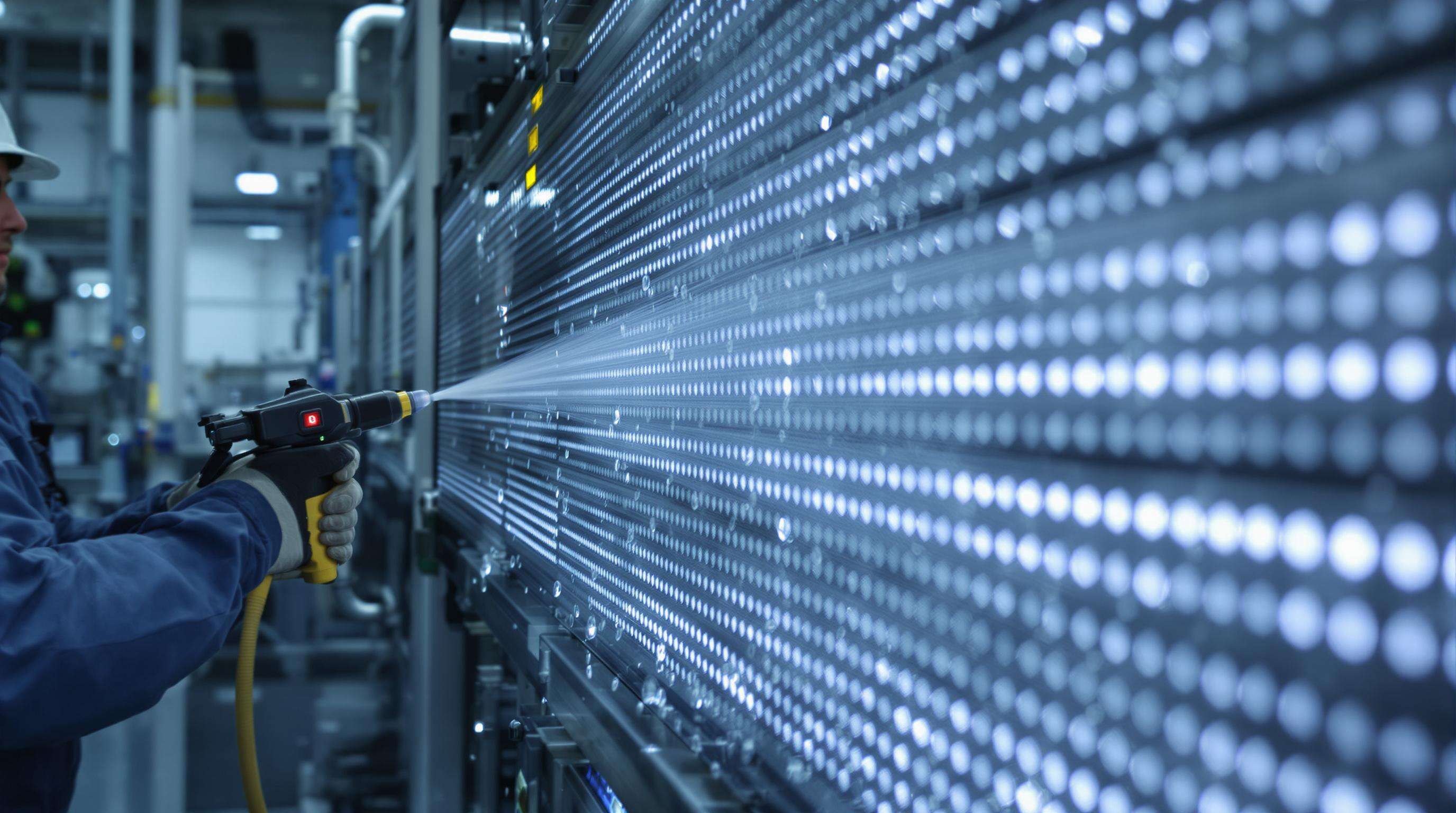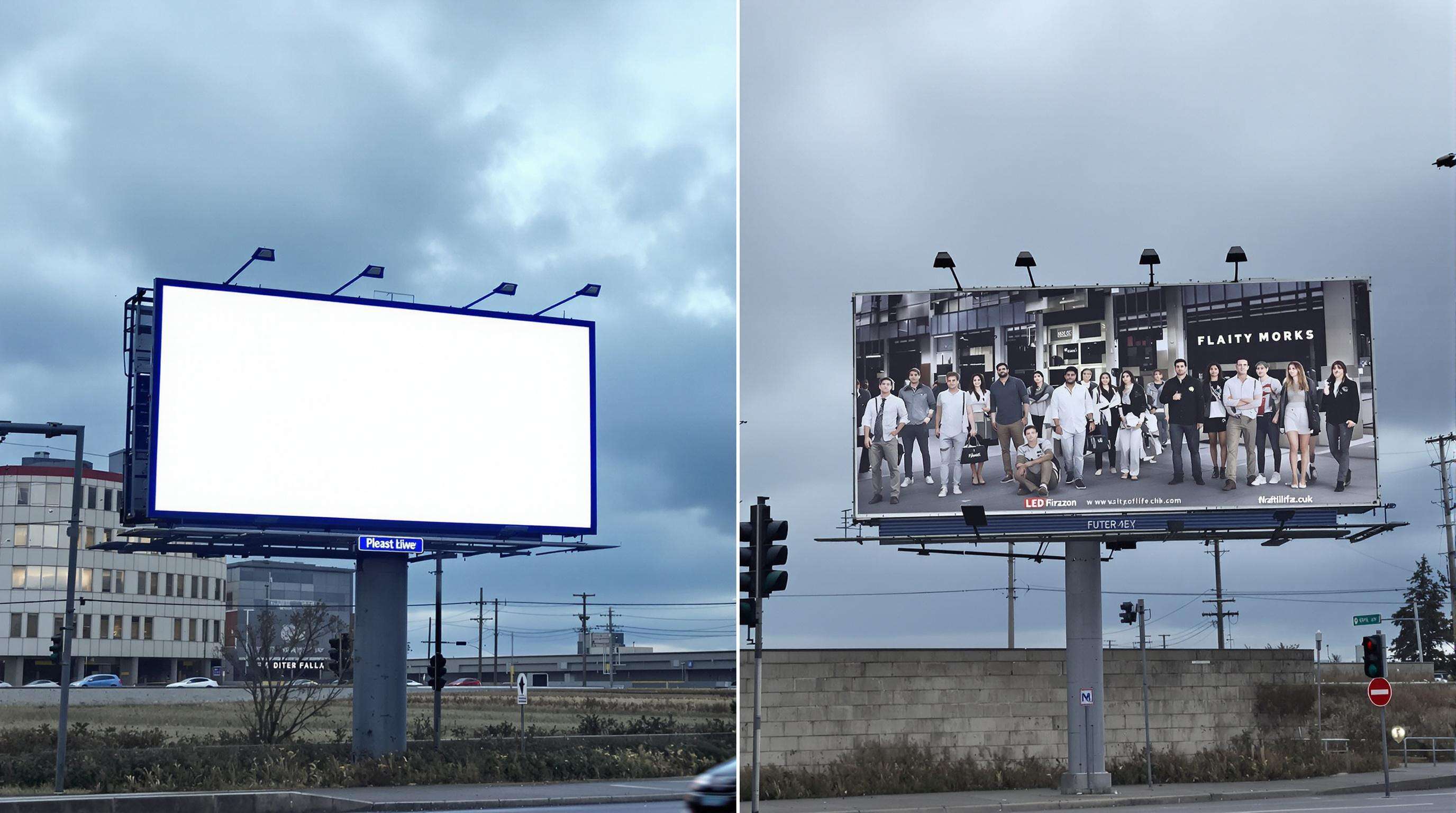Key Quality Challenges for LED Panel Advertising Boards
LED panel advertising sign boards encounter quality problems that highly affect the ability of the boards to serve as outdoor media. The high initial costs and maintenance act as a barrier to adoption, especially for small businesses, and technical integration demands specialized skills. Whilst waterproof ratings vary among manufacturers, and rapid technological improvements mean that constant upgrades are required, concern over environmental durability remains. Plus, changing compliance requirements require hardware changes, and security holes in networked displays pose operational threats—requiring careful engineering of performance vs. price vs. reliability.
HXTECH's Engineering Principles for Reliable LED Panels

Optimal Pixel Pitch and Nits Requirements
Precision pixel pitch defines visual clarity by controlling LED density. For close-viewing applications under 3 meters, pitches below P2 prevent visible pixelation. High-output luminosity between 5,000–8,000 nits ensures sunlight readability, preventing washed-out visuals that reduce engagement rates by up to 73%.
Waterproof Ratings and Durability Standards
IP65-rated enclosures and corrosion-resistant materials protect against moisture and dust. Extreme-environment validation includes thermal-expansion joints and -40°C cold-start resilience, reducing weather-related failures by 48% while meeting industrial certifications.
Content Refresh Speed and Maintenance Accessibility
Sub-4ms refresh rates eliminate motion blur, while front-serviceable modular designs enable 7-minute component swaps via tool-free panels—critical for high-traffic installations.
Viewing Distance vs. Pixel Density Optimization
The formula—pitch (mm) × 1,000—determines minimum clarity thresholds. For highway billboards viewed from 50+ meters, P10-P16 pitches deliver vivid imagery without unnecessary resolution overhead. Contrast optimization algorithms enhance legibility by dynamically adjusting grayscale reproduction.
Case Study: Post-Installation Performance Gains in Retail
Baseline Metrics Before Implementation
Retail outlets previously faced visibility challenges with legacy displays exhibiting 40% lower brightness uniformity and under 10 seconds average dwell time. Promotional recall rates were below 35%, and display downtime averaged seven hours monthly due to environmental damage.
20% Sales Uplift from Enhanced Display Visibility
Post-installation, LED panels delivering 5,000+ nits brightness increased daytime visibility by 150%, maintaining readability across 178-degree sightlines. Results included:
- 25% traffic increase near display zones
- 50% higher promotional engagement
- 20% revenue growth for advertised products
LED vs. Traditional Billboards: Obsolescence Analysis

LED technology outperforms traditional billboards in durability and efficiency. Printed billboards lose 70% brightness within 18 months from UV exposure, while LED panels maintain 90% luminance for 100,000+ hours. Modular LED designs reduce maintenance downtime by 80% and lower 10-year costs by 65%.
Environmental resilience further differentiates LEDs. Traditional billboards fail at 120 km/h winds, while LED enclosures withstand 200 km/h gusts and maintain 98% visibility in heavy rain. Real-time content updates and energy efficiency make static billboards obsolete in dynamic environments.
Proactive Maintenance Strategy for Sustained Performance
Environmental Stress Testing Protocols
Displays undergo extreme temperature cycling (-30°C to 70°C), humidity saturation, and particulate bombardment to replicate decade-long wear. Units must maintain ≤3% luminance variance after 500+ thermal cycles and achieve IP66 certification.
Predictive Component Replacement Cycles
IoT-enabled panels monitor LED driver voltage, colorimeter readings, and power supply ripple to flag degradations. Algorithms trigger work orders when modules near 8% failure probability, reducing emergency repairs by 64%.
Preventative Cleaning and Calibration Methods
Bi-monthly cleaning with anti-static solutions and compressed air preserves image quality. Quarterly spectroradiometer calibration standardizes Delta-E values ≤2.0, retaining 97% peak brightness consistency.
Industry Compliance Standards for Outdoor Advertising
Outdoor LED displays must meet safety and performance regulations, including:
- IP65+ moisture resistance
- 45 PSI wind-load tolerance
- 5,000–10,000 nits brightness
- UL 48 / IEC 60529 electrical safety
Non-compliance risks penalties up to $150k and accelerates component failure by 63%. Semi-annual audits are mandatory in most municipalities, with fines doubling for repeat violations.
Frequently Asked Questions
What is pixel pitch, and why is it important for LED displays?
Pixel pitch refers to the distance between the centers of two adjacent pixels. It is crucial for determining the visual clarity and resolution of the LED display. A smaller pixel pitch results in higher density and clearer images.
What are the benefits of LED panels over traditional billboards?
LED panels offer superior durability and efficiency compared to traditional billboards. They maintain luminosity for longer hours, withstand harsh weather conditions, and allow real-time content updates, making them more suitable for dynamic advertising environments.
How do LED panels remain functional in adverse weather conditions?
LED panels are built with high waterproof ratings, corrosion-resistant materials, and design features that protect against environmental elements such as moisture and dust, ensuring reliable operation even in extreme weather conditions.
Why is maintenance accessibility important for LED displays?
Maintenance accessibility is vital for minimizing downtime and ensuring that displays remain operational with minimal disruption. Easily replaceable components allow quick repairs and maintenance, which is crucial for high-traffic areas.
What industry compliance standards must LED displays meet?
LED displays must meet various safety and performance regulations, such as moisture resistance, wind-load tolerance, brightness levels, and electrical safety certifications to avoid penalties and ensure long-term functionality.
Table of Contents
- Key Quality Challenges for LED Panel Advertising Boards
- HXTECH's Engineering Principles for Reliable LED Panels
- Case Study: Post-Installation Performance Gains in Retail
- LED vs. Traditional Billboards: Obsolescence Analysis
- Proactive Maintenance Strategy for Sustained Performance
- Industry Compliance Standards for Outdoor Advertising
-
Frequently Asked Questions
- What is pixel pitch, and why is it important for LED displays?
- What are the benefits of LED panels over traditional billboards?
- How do LED panels remain functional in adverse weather conditions?
- Why is maintenance accessibility important for LED displays?
- What industry compliance standards must LED displays meet?




